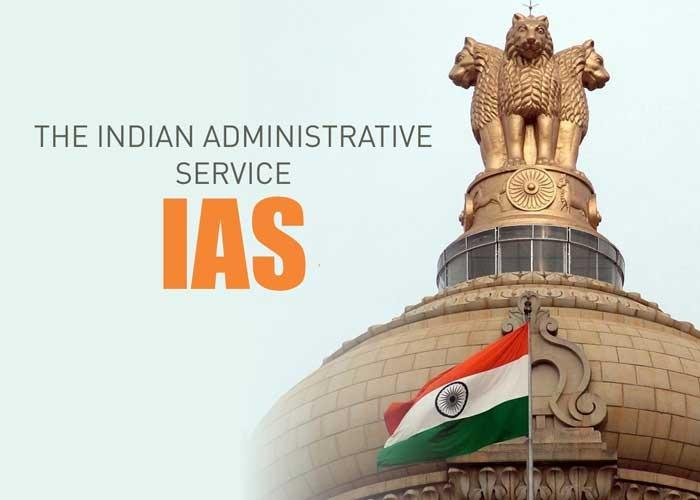History
With the
Supreme Court activity itself to boost its previously-imposed ceiling of fifty
per cent because the higher limit for reservations, the spiral of history has
completed a full cycle in nearly precisely 100 years.
Communal GO
· In September
1921, the alleged “Communal GO” (or Government Order) was passed within the
Madras Presidency by a provincial government LED by the Justice Party.
· The Communal
GO was primarily a power-sharing agreement that had the blessings of the
colonial government.
· It allotted
government jobs and seats publicly education establishments to completely
different communities in specific proportions.
· It was
designed to see the near-monopoly of Brahmins on these opportunities despite the
very fact that they established solely about 3 per cent of the population.
· The GO
conjointly signalled the arrival of fashionable politics, and was the fruits of
a palmy campaign for electoral power by the alleged non-Brahmin movement
spearheaded by the Justice Party.
· These
government opportunities were to be shared among six communities:
· Brahmins,
non-Brahmin Hindus, Mohammedans, Indian Christians, Anglo-Indians and
Europeans, and others.
But most vital here is that the explanation for this
policy — its not supported any type of retardation or disadvantage. Rather,
its associate degree expressly political principle of sharing the state’s
resources and opportunities.


Comments